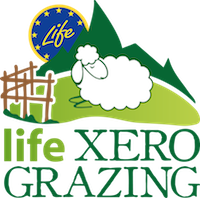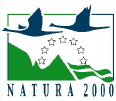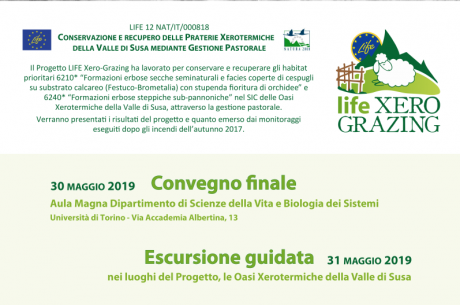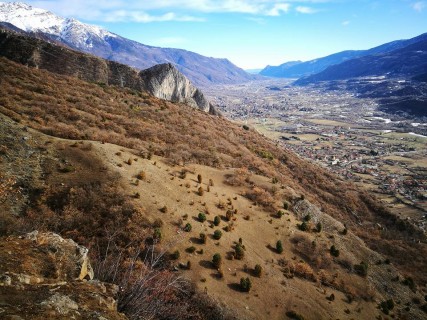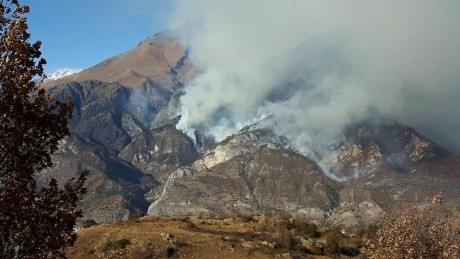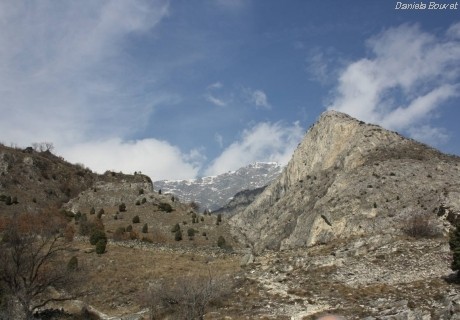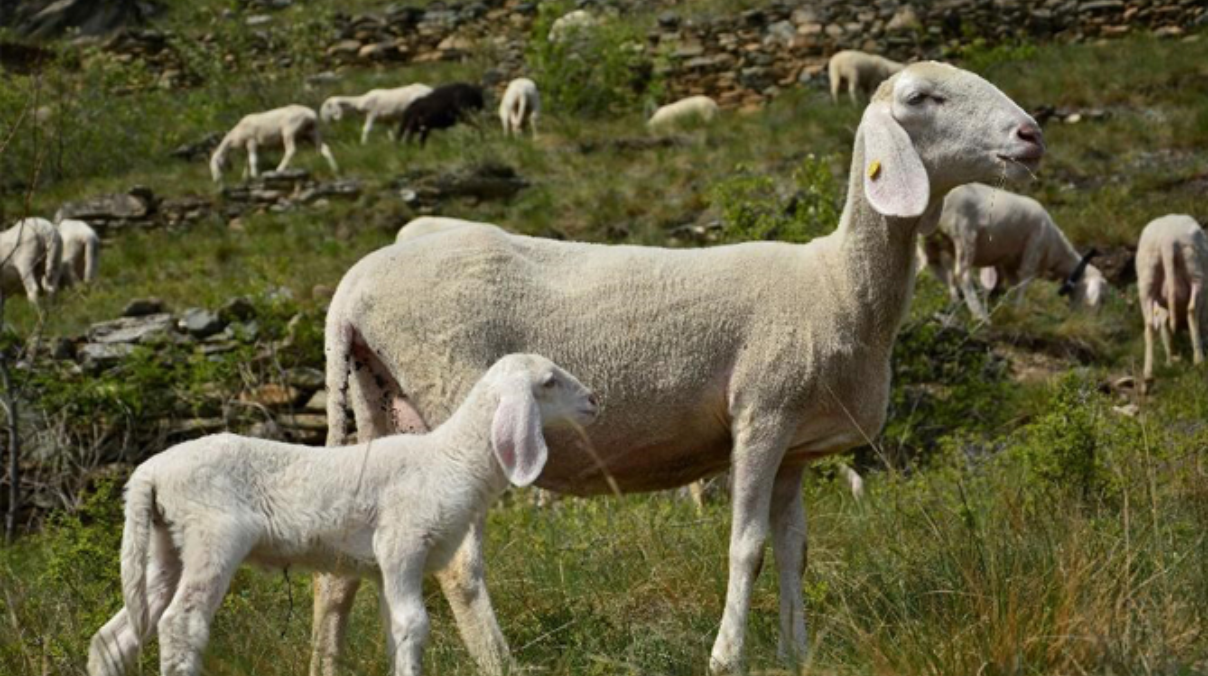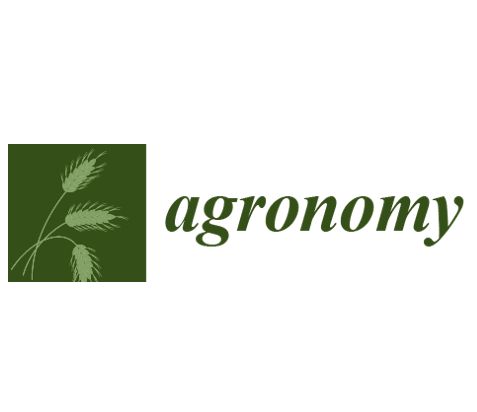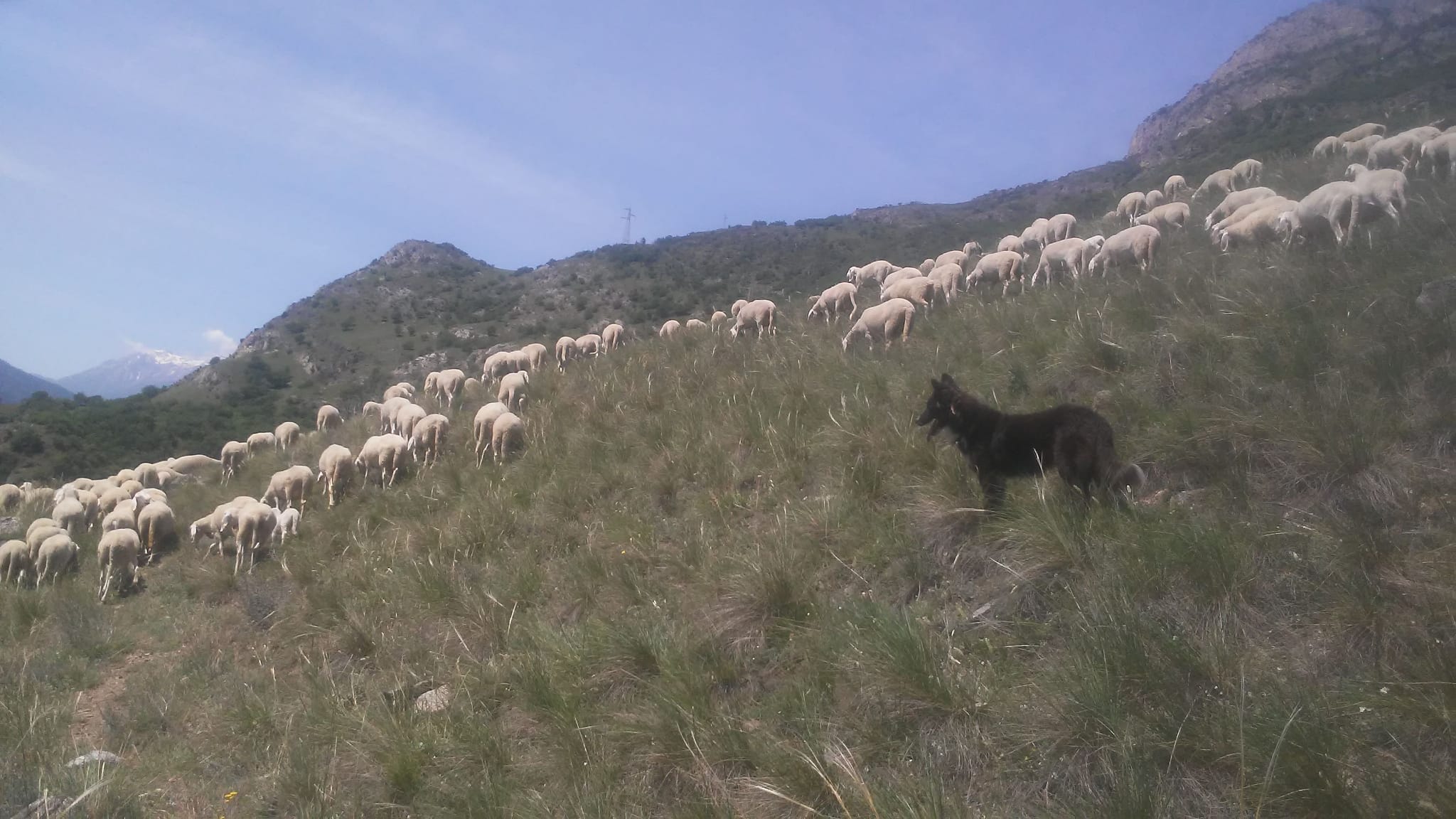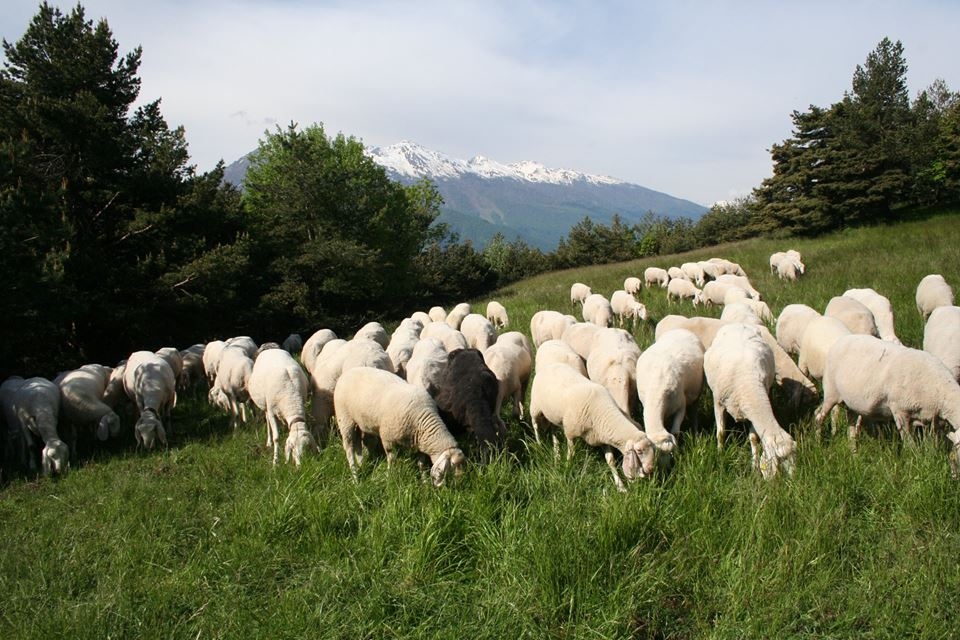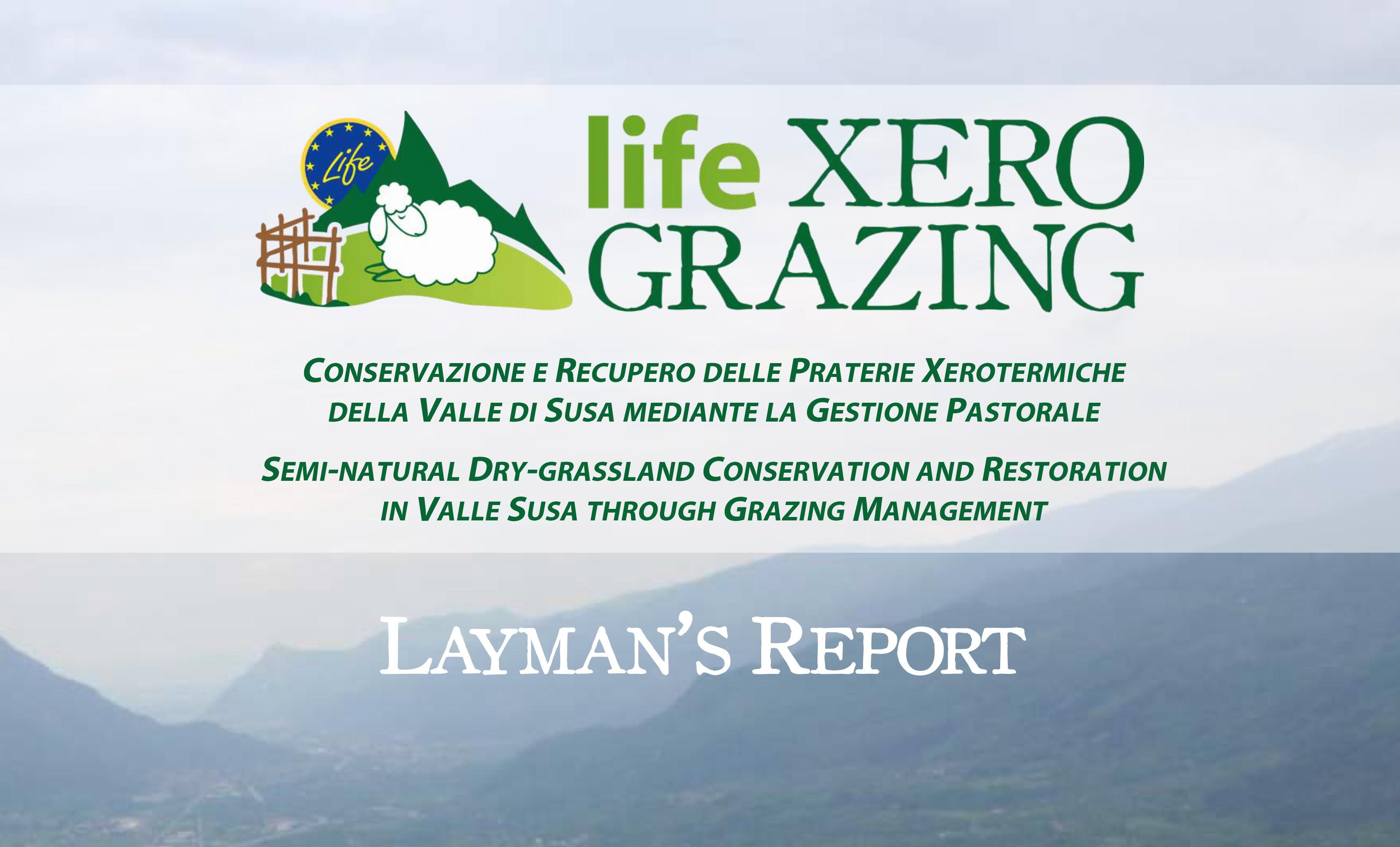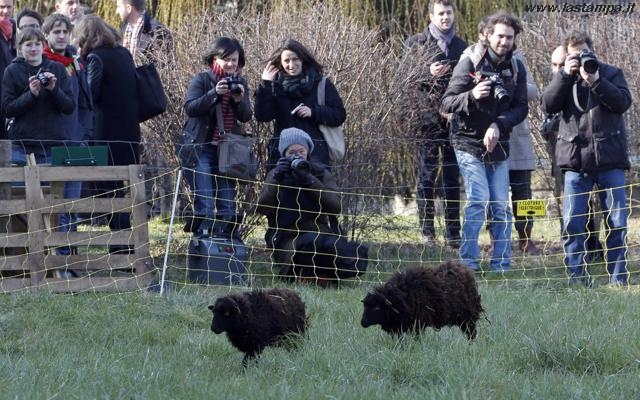 The purchase of a service flock by Ente di delle aree protette manage delle Alpi Cozie, in order to use it at the territory of its competence with the purpose of conservation and restoration the grassland habitats is an innovative practice at least in the regional context and could become an example to other realities.
The purchase of a service flock by Ente di delle aree protette manage delle Alpi Cozie, in order to use it at the territory of its competence with the purpose of conservation and restoration the grassland habitats is an innovative practice at least in the regional context and could become an example to other realities.
In Italy and in other European countries, there are some examples of public management through service flocks, among these one can mention:
-Province of Brescia: here are two projects involving the use of sheep grazing services for the restoration, conservation and enhancement of the hilly areas: The first was undertaken by the City of Erbusco, the other is promoted and managed by Parco delle Colline di Brescia.
-Flock of sheep in the city of Paris: the city of Paris from April 2013 carried out the cleaning of several parks and gardens with a flock of sheep.
-Network of grazing-firebreaks areas of Andalucía (RAPCA), Spain: program for the prevention of forest fires by sheep grazing in firebreaks.
-Donkeys in the Ricerche Center Enea della Casaccia (Rome) that keep clean some green areas since the spring of 2011.
-Flock of sheep in the Majella National Park to offset the damage from the wolf predation: the park runs, in agreement with farmers and / or in a special livestock center formed by the Park, a group of animals that can be given if necessary to damaged farmers who request it.
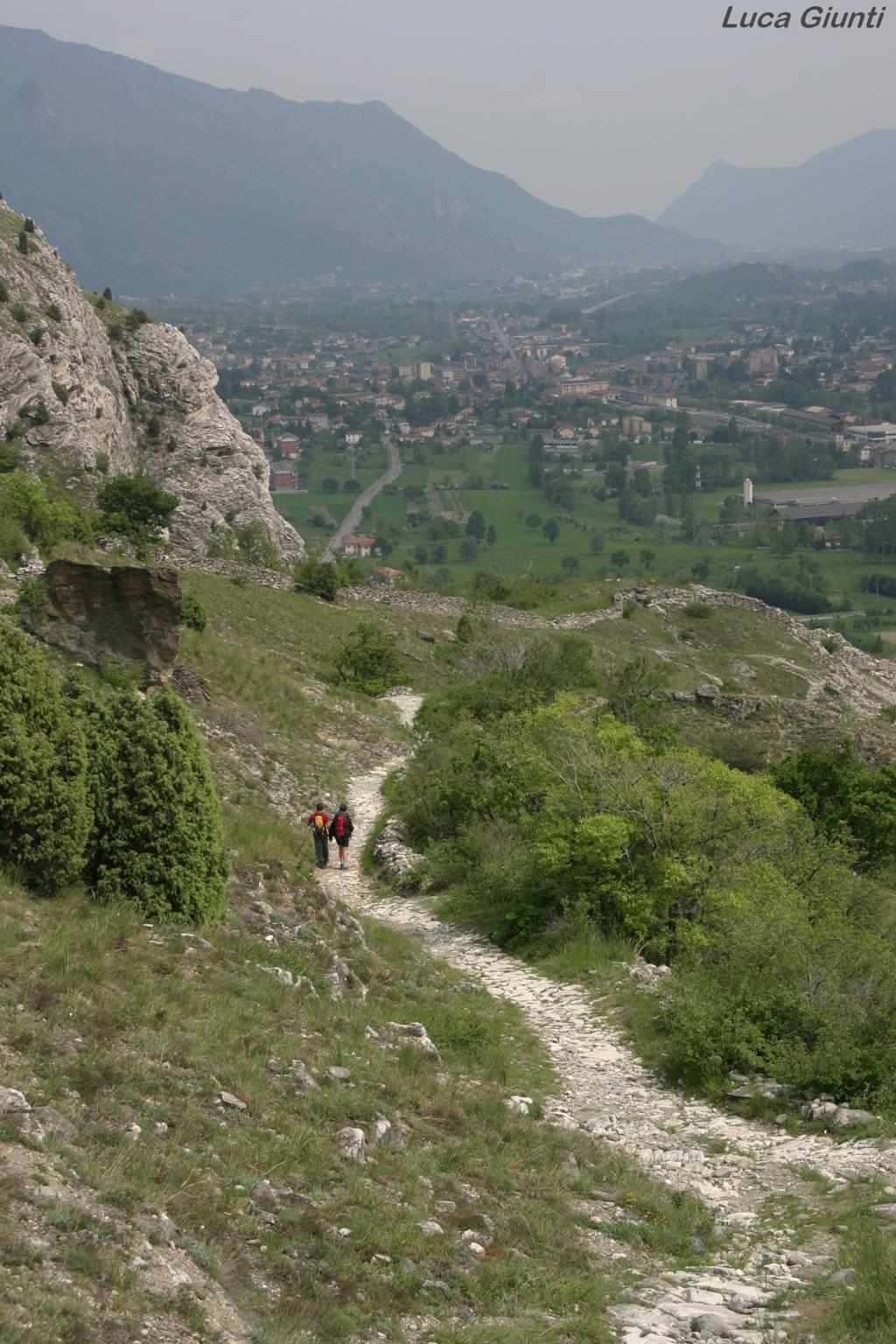 The aim of PNACozie is to establish a service flock that can be used immediately in the management of the SCI and also in the future conservative management of other areas. This is the first and most important pre-requisite for the maintenance of post-project activities, in addition to demonstrating the importance of agro-pastoral activities in the conservation of nature. It is thought that such activity could stimulate the future development of similar activities in other protected areas, although it is the first trial in this sense, in the Piedmont Region.
The aim of PNACozie is to establish a service flock that can be used immediately in the management of the SCI and also in the future conservative management of other areas. This is the first and most important pre-requisite for the maintenance of post-project activities, in addition to demonstrating the importance of agro-pastoral activities in the conservation of nature. It is thought that such activity could stimulate the future development of similar activities in other protected areas, although it is the first trial in this sense, in the Piedmont Region.
The animals will be used for alternate grazing in the two sectors of the intervention area (83 ha of habitat 6210* subject to management). The grazing will need to respect the times and conditions that have been determined during the course of the project. In fact, the only reason for the use of the flock can be for the protection of nature, especially in the conservative management of habitat 6210 *
Grazing, due to investments (animals and equipment) will, in fact, be the main tool used in the conservation of the habitat 6210 * during the After-Life.
Project actions, in fact, represent a guarantee of being able to implement a conservation management plan that is realistic in the area: it will be possible to provide the fundamental infrastructure for pasture management and will also provide the managing body a physical tool for the management of grasslands. The difficult environmental conditions (poor quality forage, water scarcity, landscape steepness, etc.) that is currently unattractive for companies will gradually improve due to the expected increase in land’s value as a result of pastoral uses and contribution of remuneration.
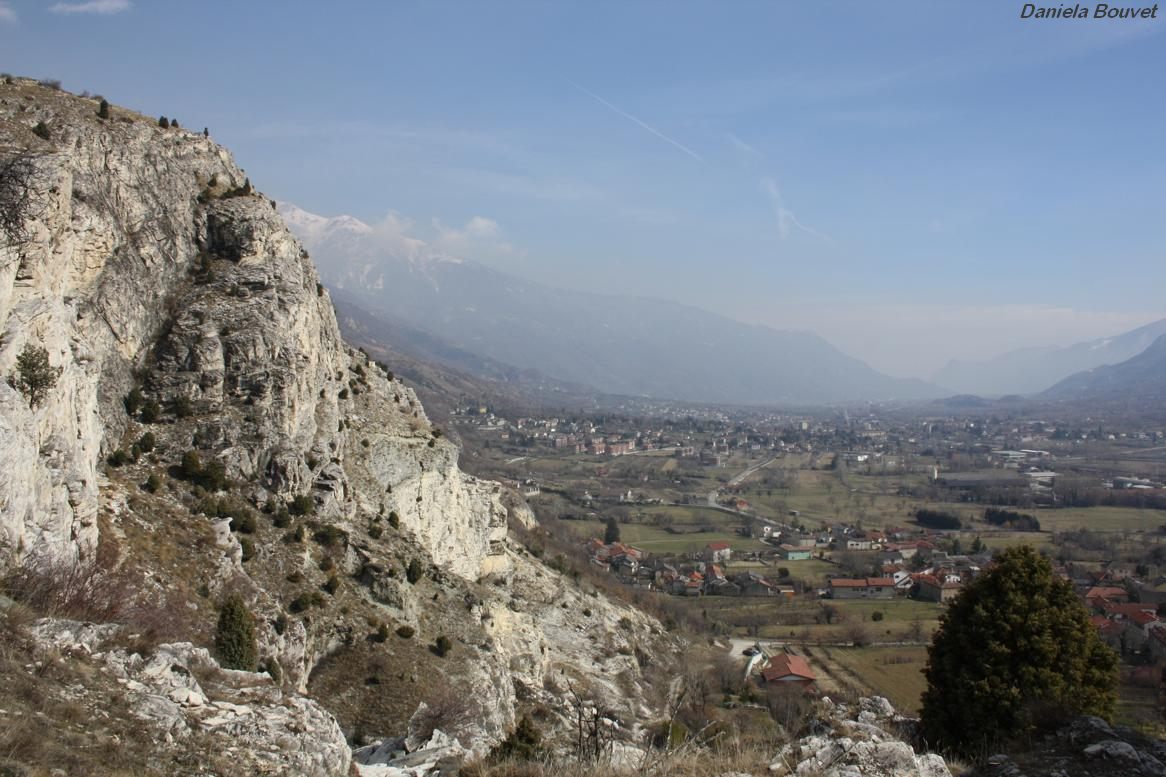 As in other areas of Europe, habitat 6210* has suffered the consequences of the progressive reduction in the use of traditional practices and the absence of management tools, which has enabled the establishment of evolutionary degradation sequences (changes in the flora, invasion of shrubs and trees). These sequences have developed particularly fast in this area due to the terrain being of medium to low altitude.
As in other areas of Europe, habitat 6210* has suffered the consequences of the progressive reduction in the use of traditional practices and the absence of management tools, which has enabled the establishment of evolutionary degradation sequences (changes in the flora, invasion of shrubs and trees). These sequences have developed particularly fast in this area due to the terrain being of medium to low altitude.
In this sense, among the people within the SCI, entrusted to manage at Ente protette delle Alpi Cozie (with reference to the habitat 6210*), the SCI IT1110030 was presented, not only as one of the areas containing more flora (taking into account the extent and wealth of orchids), but also as the most threatened and degraded by absence of use. In addition, (unlike other areas in the SCI) pastoral management (in this area) has been found to be of greater difficulty due to insufficient on-site services (e.g. water points), the steep topography and the low forage value of grasslands; features which when combined make the site especially suitable for grazing, with sheep or goats for short periods.
The uniqueness of the habitat, the need to restore large areas and initiate a long-term conservative management plan, the increased vulnerability due to the rapidity of succession are all factors which have led to choice of the SCI IT1110030 as the project area.
In this context, the purchase of a service flock is the only solution to ensure the sustainable use of the SCI area.
The pastoral investments in the territory (water points, fences and animals) will make the SCI management, sustainable in the long term by enhancing and improving marginal mountain areas currently not being considered from the point of view of production by local migratory companies.
It is known that grazing represents a valid, active and conservative habitat management plan which is important for the local economy in rural areas, both to maintain the aesthetic value of the sites and for the commercial benefit of the community. With a long-term view, local authorities will then grant land use upon payment of a fee for grazing or for maintenance when it is deemed necessary.
Through the improvements made and the grazing periods planned (spring and autumn, with the aim to preserve orchids and rare stenomediterrany species), the grasslands could once again be attractive to migratory flocks.
